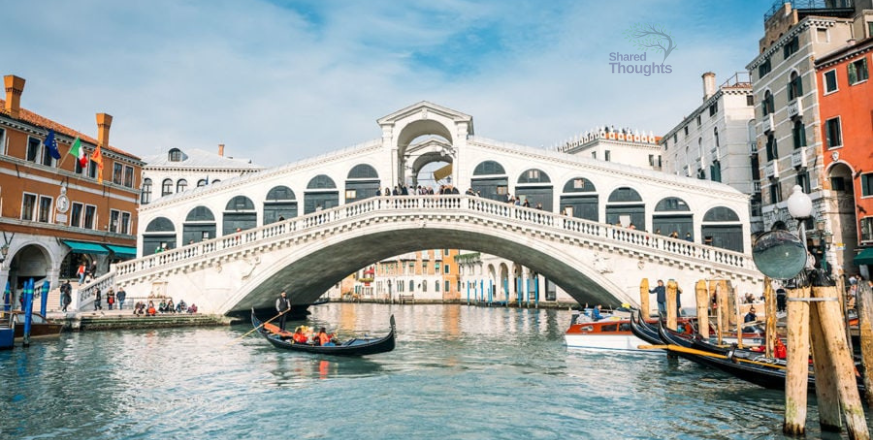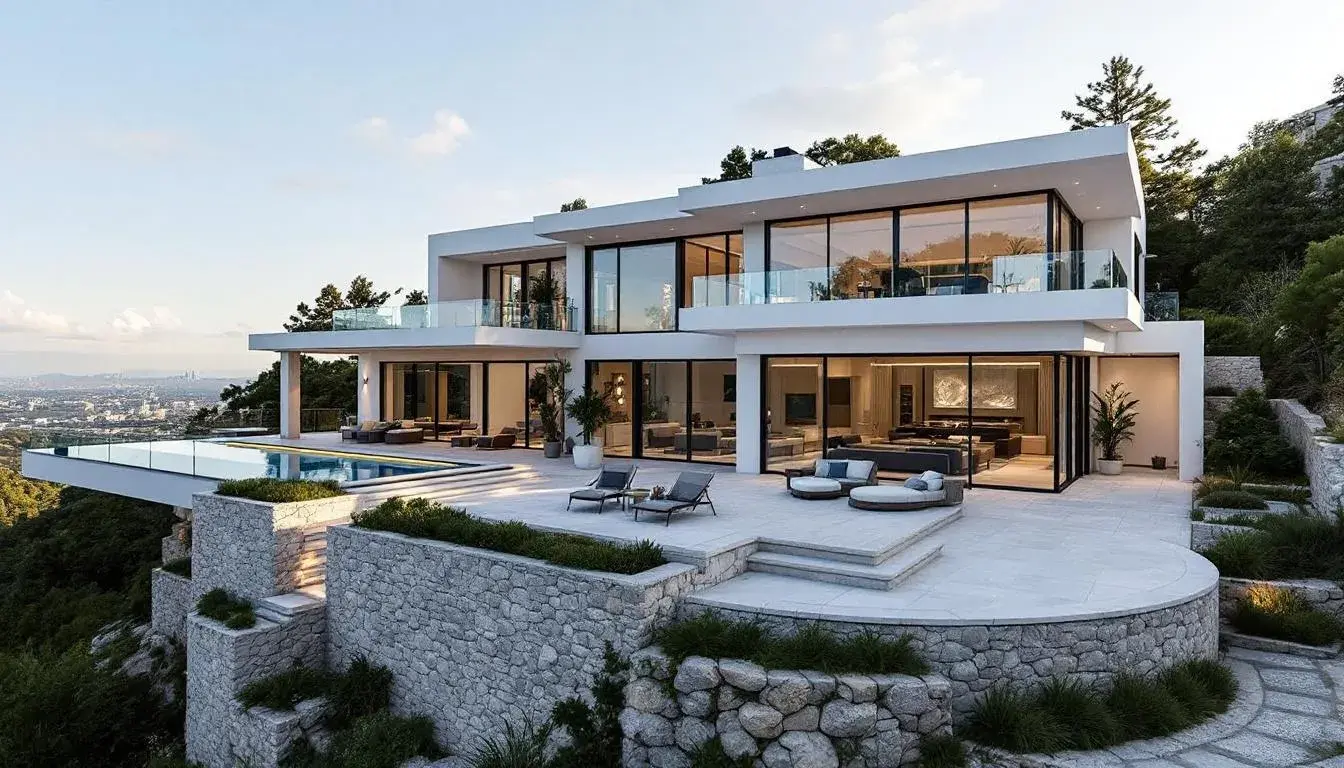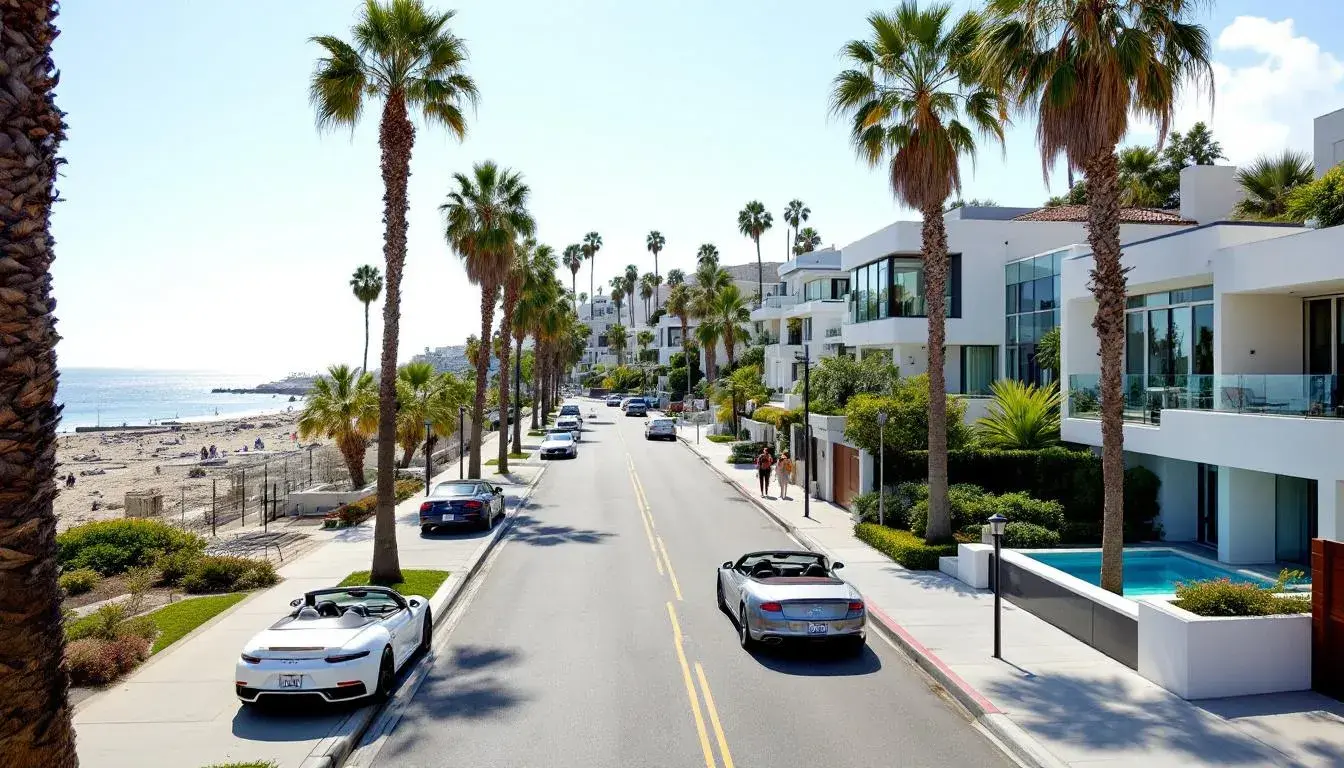Venice, a mesmerizing canal city, seems straight out of a dream world. Have you ever wondered how this unique canal city, built on water, came into existence? If you are willing to explore the birth and development of this wonderful city, then you’re at the correct place. This article will provide information about Venice's fascinating birth history and current standing.
Birth of Venice City: A Refuge in the Hostile World
The story of Venice starts in the 5th century AD in a period of extreme crisis. With the fall of the Western Roman Empire, the barbarians were up for an invasion of Italy, and their cruelty forced the people living there to flee from mainland Italy. These refugees felt safe as they fled to the marshy lagoons of the Adriatic Sea, as the invaders were unable to track them.
You can imagine the extreme conditions they suffered from while facing tides, settling with limited resources, and shifting sandbanks. It was their great belief that turned these inhospitable lagoons into one of the most beautiful and distinct cities across the globe.
The refugees used the marshy lagoons as their natural defense, as the shallow waters and shifting sandbars made it a daunting task for the attackers to navigate. With the passage of time, they set up stable foundations with the help of wooden pilings driven deep into the ground, providing strength to the base, and further built less weight wooden structures on the islands. This led to the birth of an amazing and unique city- Venice.
Unique City Built on Water
To build an entire city on lagoons was tough! The early Venetians faced frequent obstacles, from ground instability to heavy floods. But their hope of building this unique city transformed these obstacles into opportunities.
Wooden Pilings: They used tons of wooden pilings into the soft clay to provide a solid foundation for building structures. The lack of oxygen within the water beneath prevented these pilings from rotting for ages, and even today, they are in the same condition as installed.
Canal construction: They chose to build canals instead of constructing roads as a mode of transport. The city is renowned and is still famous for its Grand Canal, making it the heart of Venice.
is
Building Bridges: To provide an interconnection between these islands, they built huge wooden bridges initially, which got damaged due to fire. Following this, they built bridges made of stone, such as the Rialto Bridge, which stands tall to date.
The distinct architecture and watery environment made Venice stand out as an engineering marvel and an innovative city.
Rise of the Venetian Republic
The Venetians elected Doge as their first elected leader in 697 AD, which was the beginning of the Venetian Republic, and it lasted for over a thousand years. Venice established itself as a powerful city from a small refugee colony by the 9th century AD.
Are you aware of how it attained success?
Strategic Location: Venice falls in the heart of a crossroads between East and West, controlling the major trade routes between the Islamic countries, the Byzantine Empire, and the European countries.
Naval Dominance: Venetians built a strong navy with their expertise in shipbuilding, safeguarding their important trade routes. Their quick, sturdy galleys helped them attain success in dominating their trade in the Mediterranean Sea while defending their unique city.
Trade & Wealth: Venice established itself as a major powerhouse in trading by the 11th century, dealing in metals, spices, and silk. The Venetian merchants raised wealth, and Venice turned itself into one of the richest cities across the globe.
Venice Golden Era (697-1797)
Venice was at its peak with extreme power and influence during the 13th to 16th centuries and was considered its Golden Era. It established control over key Mediterranean ports that included Cyprus and Crete, and important parts of Greece.
The bravery of Venetian forces helped achieve victory over Constantinople during the Fourth Crusade. This showcased its power worldwide, which brought rivalry as well. Cities such as Genoa and the mighty Ottoman Empire challenged the Venetian dominance.
Even during conflicts, Venice did not fall behind. The popular places, such as St. Mark’s Basilica, the wonderful canals, and the Doge’s Palace, depict the richness and the creativity of the unique city. The Venetian Renaissance enhanced the art, music, culture, and architecture during 15 and 16th centuries, establishing Venice as a major cultural hub.
Fall of Venice (17th-18th Century)
It is a fact that no Empire lasts forever, and it was no different for Venice. Many factors led to the downfall of Venice:
Alternative Trade Routes: The new trade routes to America and India in the late 15th century moved global trade away from the Mediterranean.
Rivalry: The dominance of the Ottoman Empire and the rise of other European nations such as England, Portugal, and Spain reduced the impact of Venetian influence.
Plague: The Black Death affected Venice a number of times, killing the majority of the population and lowering the Venetian economy.
Venice lost its charm by the end of the 18th century. It was Napoleon who conquered the canal city in 1797, ending the Venetian Republic after over a thousand years of rule. Venice further became part of Austria, and later joined the Kingdom of Italy in 1866.
Venice in the Modern Era
In recent times, Venice has become a popular tourist place with millions visiting the canal city for its distinct architecture and rich cultural heritage. Venice is currently facing severe challenges:
Floods and Increasing Sea Level: Venice has faced high tides since its birth, but the climatic changes have drastically escalated the issue. The MOSE project, a flood barrier system, is brought into action to prevent the city from the increasing sea level.
Over tourism: There is no doubt that tourism drives the city’s economy, but at the cost of impacting local infrastructure and pricing out residents.
Despite these major challenges, Venice is still a symbol of beauty and resilience. It started as a refugee lagoon, driving to the golden era as a maritime power, and recently fighting the odds to preserve itself, Venice is a motivation. The rich cultural heritage and uniqueness continue to drive the crowd from across the globe.
It doesn’t matter if you’re walking through Grand Canal, admiring the beauty of St. Mark’s Basilica, or just enjoying a gondola ride, Venice offers a unique experience like no other. Venetian history is not just a past story, but it’s a living, intact part of the city even today.













